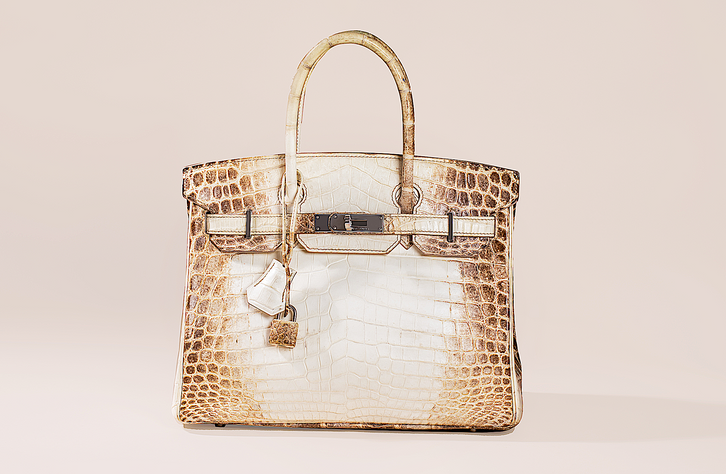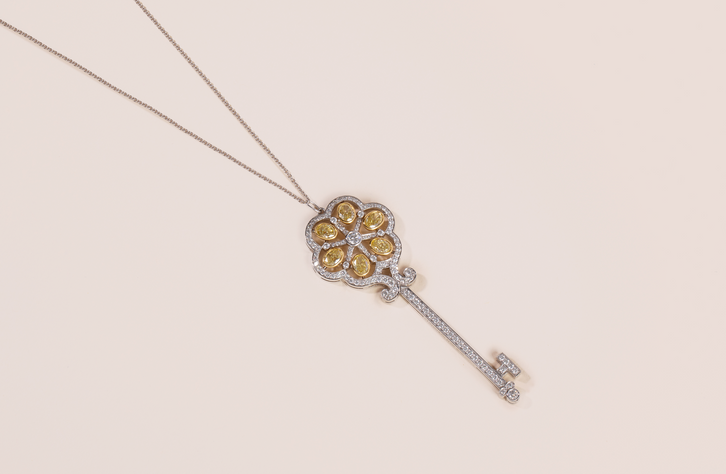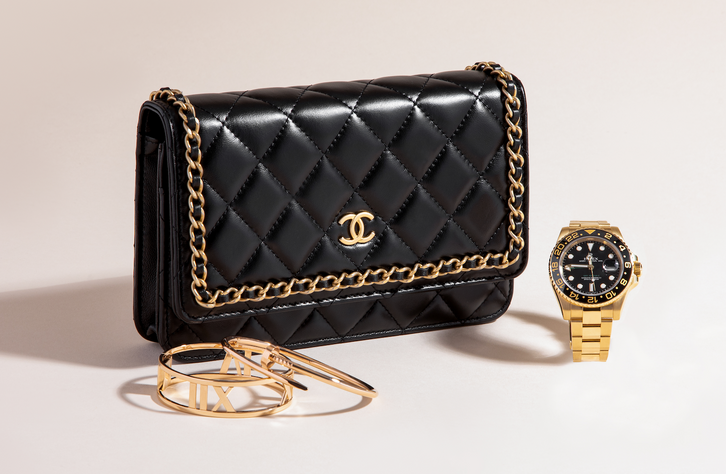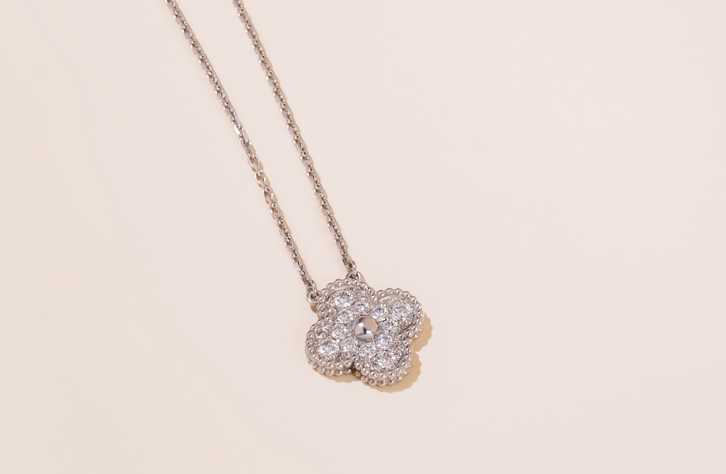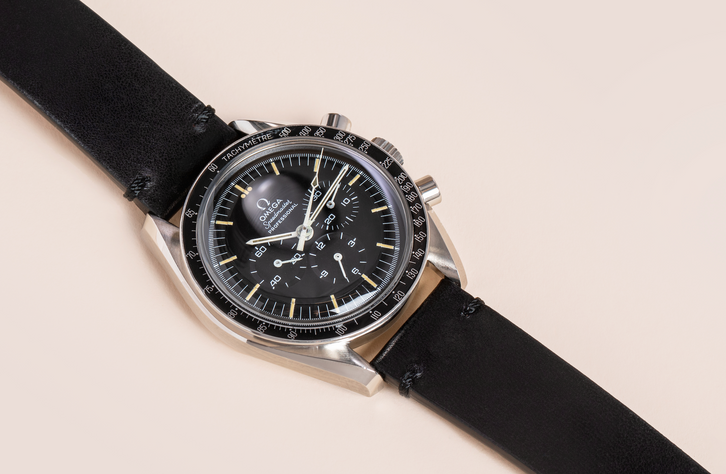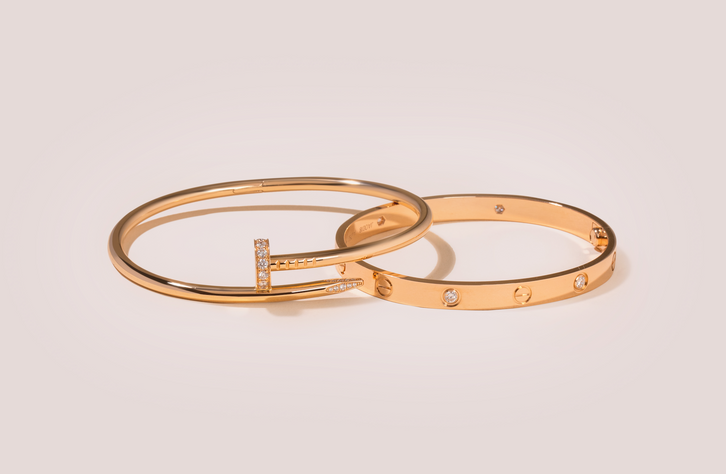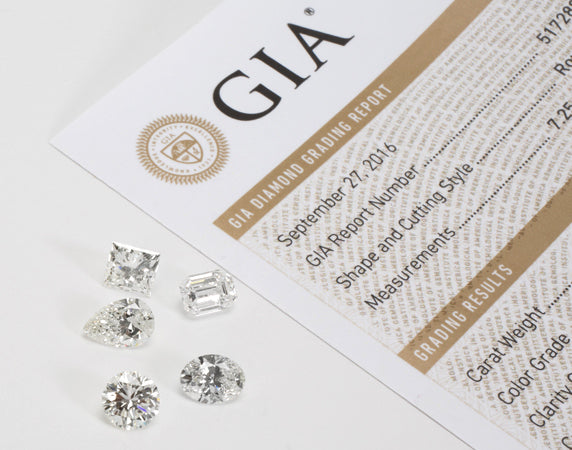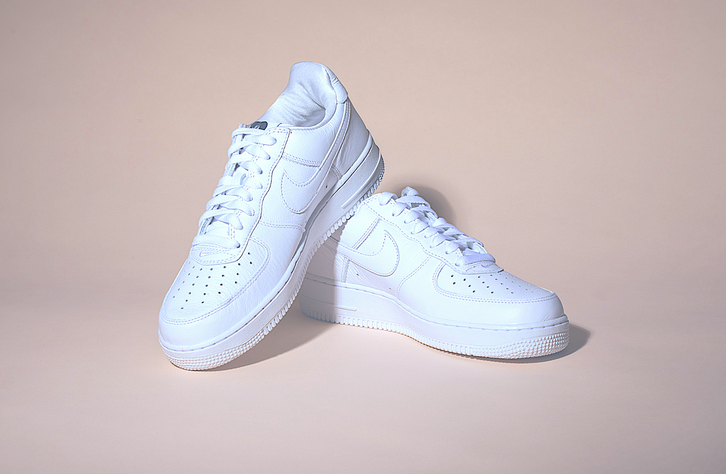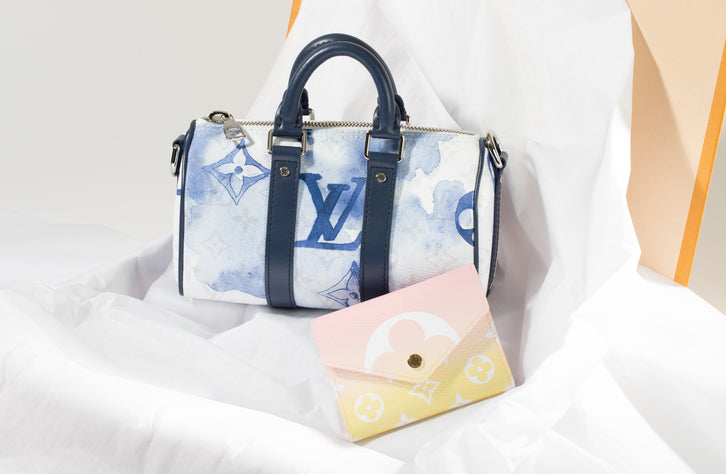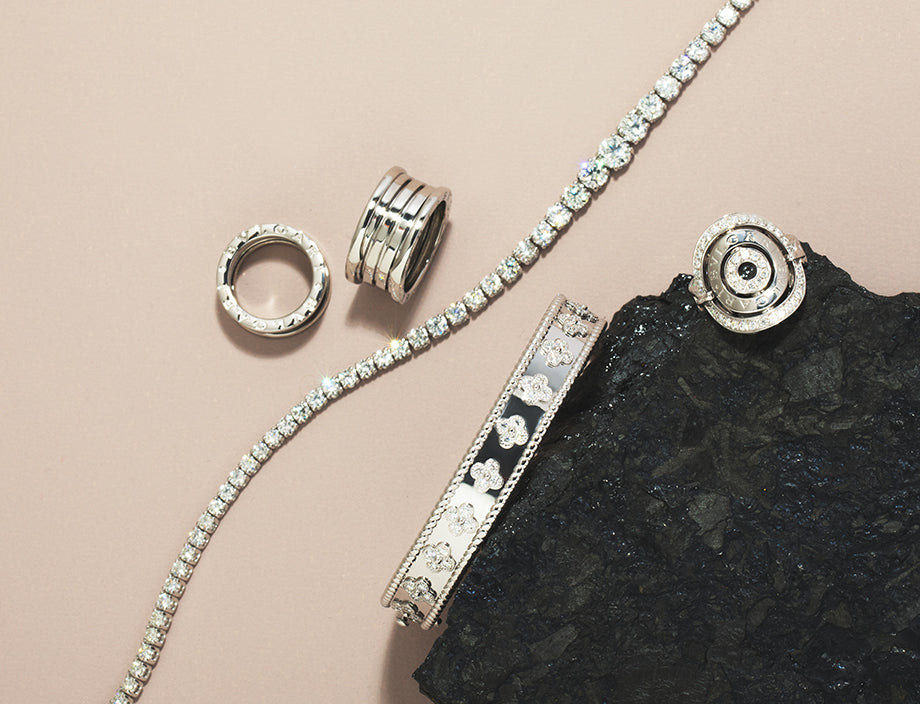Fluorescence is one of the lesser understood diamond grades that has sparked many debates among those in the diamond industry. Keep reading as we explain just what diamond fluorescence is, the different types of fluorescence, how fluorescence affects a diamond and where you can find your diamond’s fluorescence.
Get the answers to the following questions:
- What is diamond fluorescence
- Types of diamond fluorescence
- How does fluorescence affect a diamond
- Where to find my diamond’s fluorescence
- How to sell a diamond
What Is Diamond Fluorescence?
So, just what is diamond fluorescence, and is it considered good or bad? Fluorescence refers to the soft blue glow that a diamond emits when exposed to ultraviolet light, such as a black light. This blue glow is only temporary and stops once the ultraviolet light is gone. While blue fluorescence is the most common, on rare occasions the soft glow can be yellow, green, red, orange and white.
Fluorescence is caused by trace elements in the diamond and, according to the Gemological Institute of America, about 25% to 30% of diamonds exhibit a degree of fluorescence. Of all of the diamonds that possess fluorescence, the GIA states that only about 10% of these stones have fluorescence can affect the diamond’s appearance. In most cases, people are not able to detect fluorescence with the naked eye.

Types Of Diamond Fluorescence
Now that you know what diamond fluorescence is, let’s cover the degrees of fluorescence. The GIA has detailed five degrees of diamond fluorescence:
- None: No fluorescence nor influence on the diamond’s color
- Faint: Faint fluorescence and not a significant influence on the diamond’s color
- Medium: Moderate fluorescence, could influence the diamond’s color
- Strong: Color will be impacted for diamonds with strong fluorescence
- Very Strong: Color for diamonds with very strong fluorescence/extreme fluorescence will be substantially impacted
Remember, the GIA stated that only 10% of all diamonds that exhibit fluorescence will be visibly affected in non-UV settings. Therefore, of that 10% only a small amount of diamonds (those with a high degree of fluorescence) will be visibly affected by fluorescence.

How Does Fluorescence Affect A Diamond?
The main way that fluorescence affects a diamond is by creating a cloudy, milky appearance and affecting the diamond’s value. The cloudy appearance is only noticeable in diamonds with medium, strong or very strong fluorescence. But how does fluorescence affect value?
To understand how fluorescence affects a diamond’s value, we need to understand diamond color grades. Color is one of the 4 C’s of diamond grading and details the amount of color, or lack thereof, that a diamond displays. This is graded on a scale from D, for colorless, to Z, for faint yellow.
Strong blue fluorescence creates the appearance of a whiter stone than it’s color grade. This happens because blue is a complement color to yellow, creating the whiter appearance.
How fluorescence affects diamond value:
- For high color grades (D/E/F) with strong fluorescence, despite creating a whiter appearance, fluorescence will lower the stone’s price by up to 25%.
- For lower color grades, fluorescence has a much smaller, sometimes even negligible impact. In fact, some jewelers will sell diamonds with low color grades and notable fluorescence at premium prices as they look whiter. However, while the stone may look like a better color grade, they are not worth a premium as fluorescence does not add value.
- For fancy colored diamonds (not white diamonds), fluorescence can be a very big issue. Colored diamonds can be extremely rare and valuable depending on the intensity of the color of the stone. However fluorescence will weaken the color and therefore have a very negative impact on price.
Where To Find My Diamond’s Fluorescence?
If you have a certificate from a reputable diamond grading lab such as the GIA, you can reference this document to find your diamond’s exact fluorescence. If you have a jeweler’s appraisal for your diamond that includes fluorescence, take their grading with a grain of salt.
In reputable labs, expert gemologists assess a diamond’s fluorescence in a highly controlled environment with UV lights and a master set of fluorescent diamonds to best determine a diamond’s grade. Reports from jewelers can be subjective as they depend on the specific jeweler’s skill, environment and tools.
How To Sell A Diamond
After our deep dive into understanding diamond fluorescence, you might be considering selling or upgrading your diamond. At myGemma, we are expert diamond, luxury jewelry, watch and handbag buyers.
Our entire process can take as little as 24 hours from start to finish. We buy your items directly and for strong prices, with no fees or commissions deducted. Customers love our simple and professional service, as illustrated by of our A+ BBB rating, hundreds of excellent reviews and 100% trust guarantee.
How It Works
Simply complete our simple online form with information about your pieces. Our team will then contact you with a price quote. If you like your initial quote and want to get a firm offer, you can either:
- Schedule an appointment at one of our offices in New York, Tokyo, the UK or Hong Kong offices
- Send your items in with our free, secure, fully insured and overnight shipping service.
You can accept payment by wire, check or cash (in-person appointments only).









